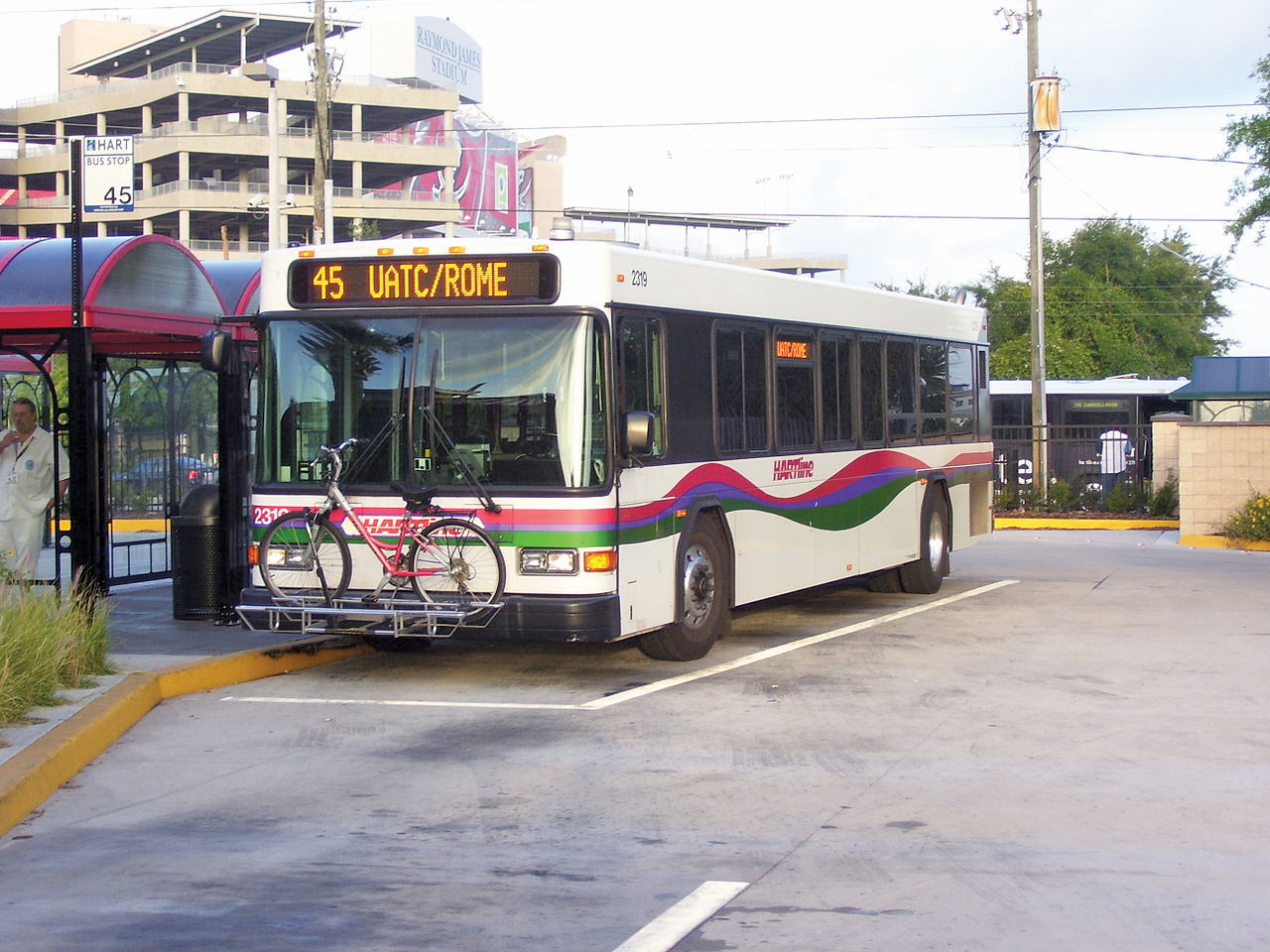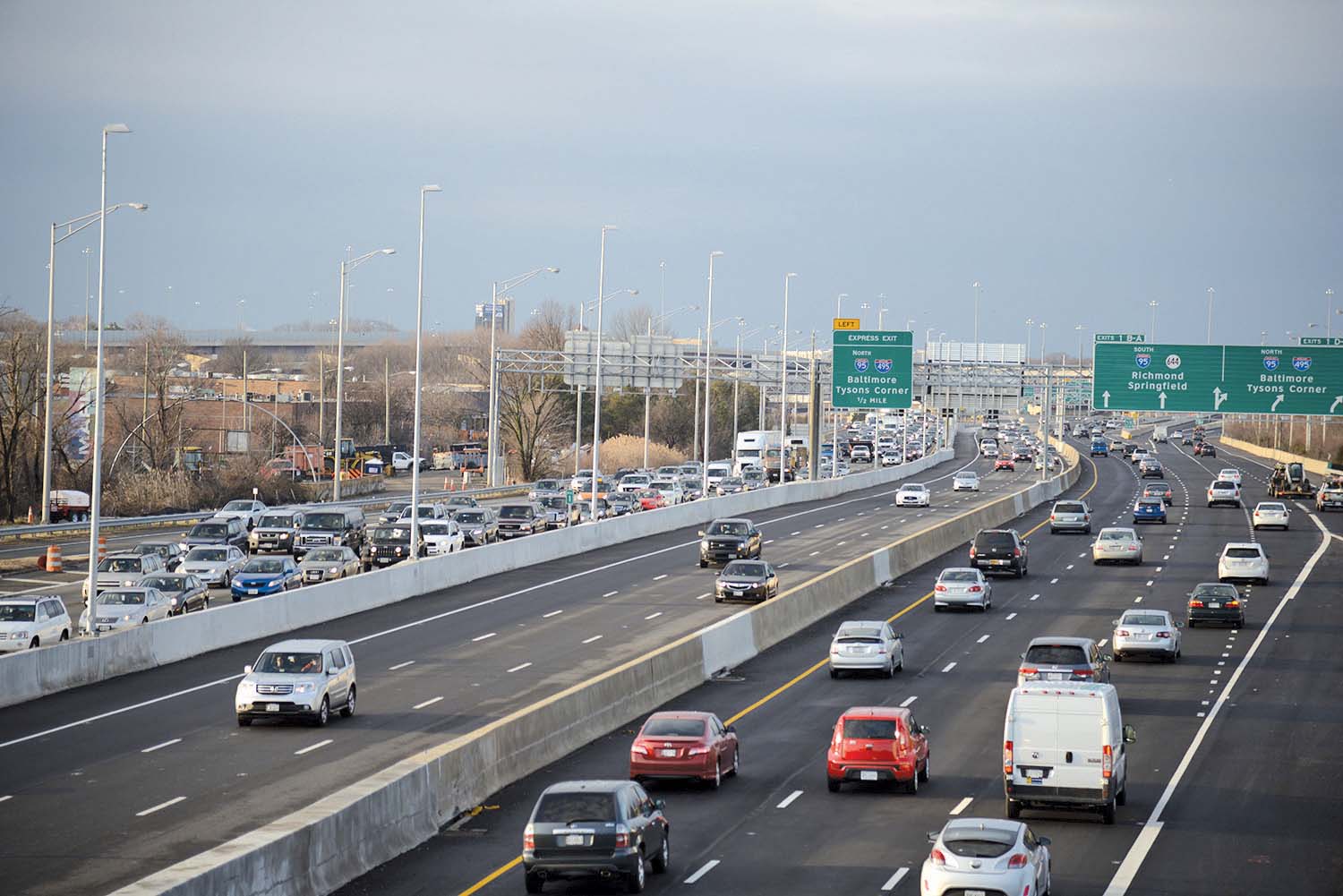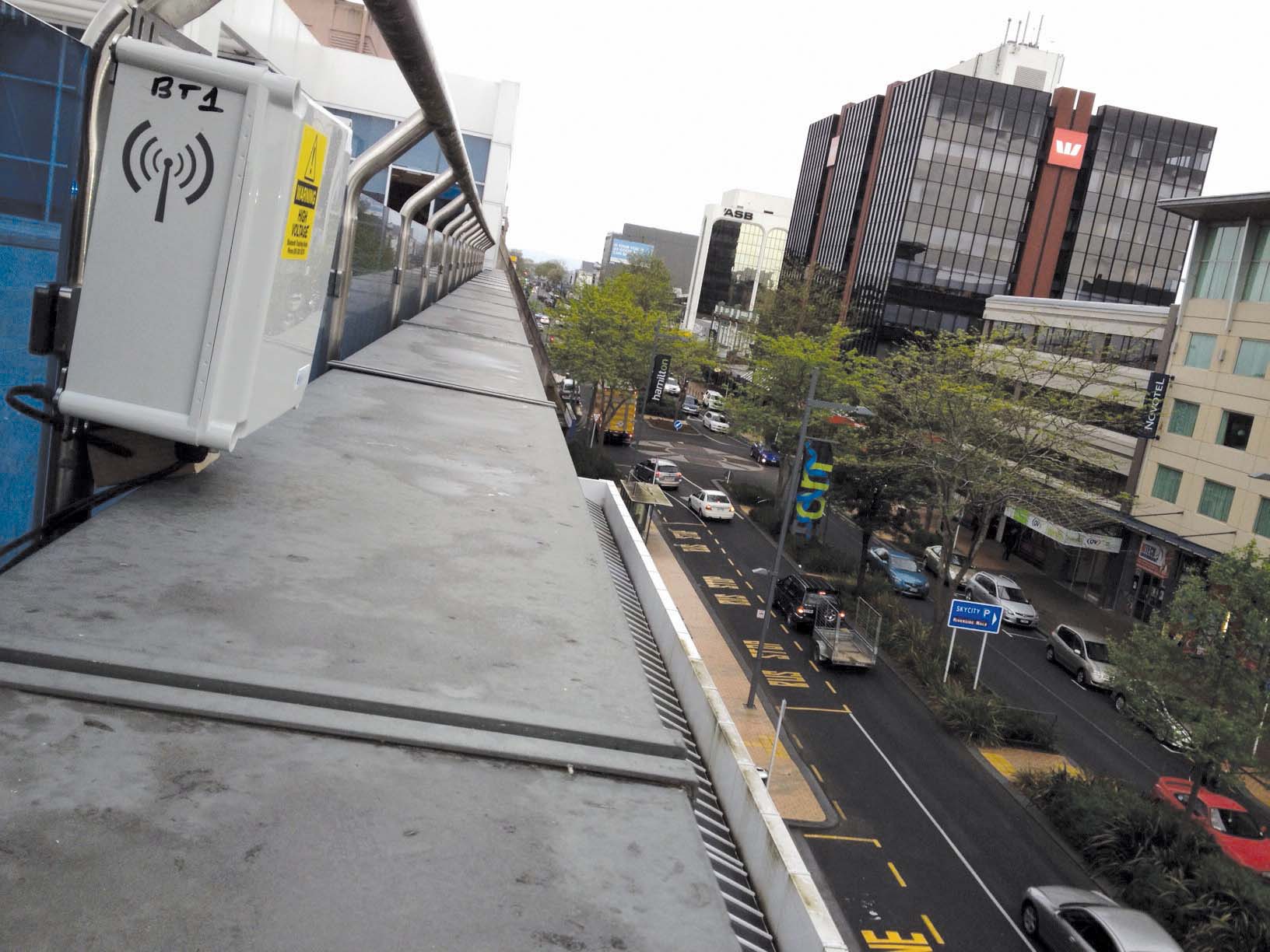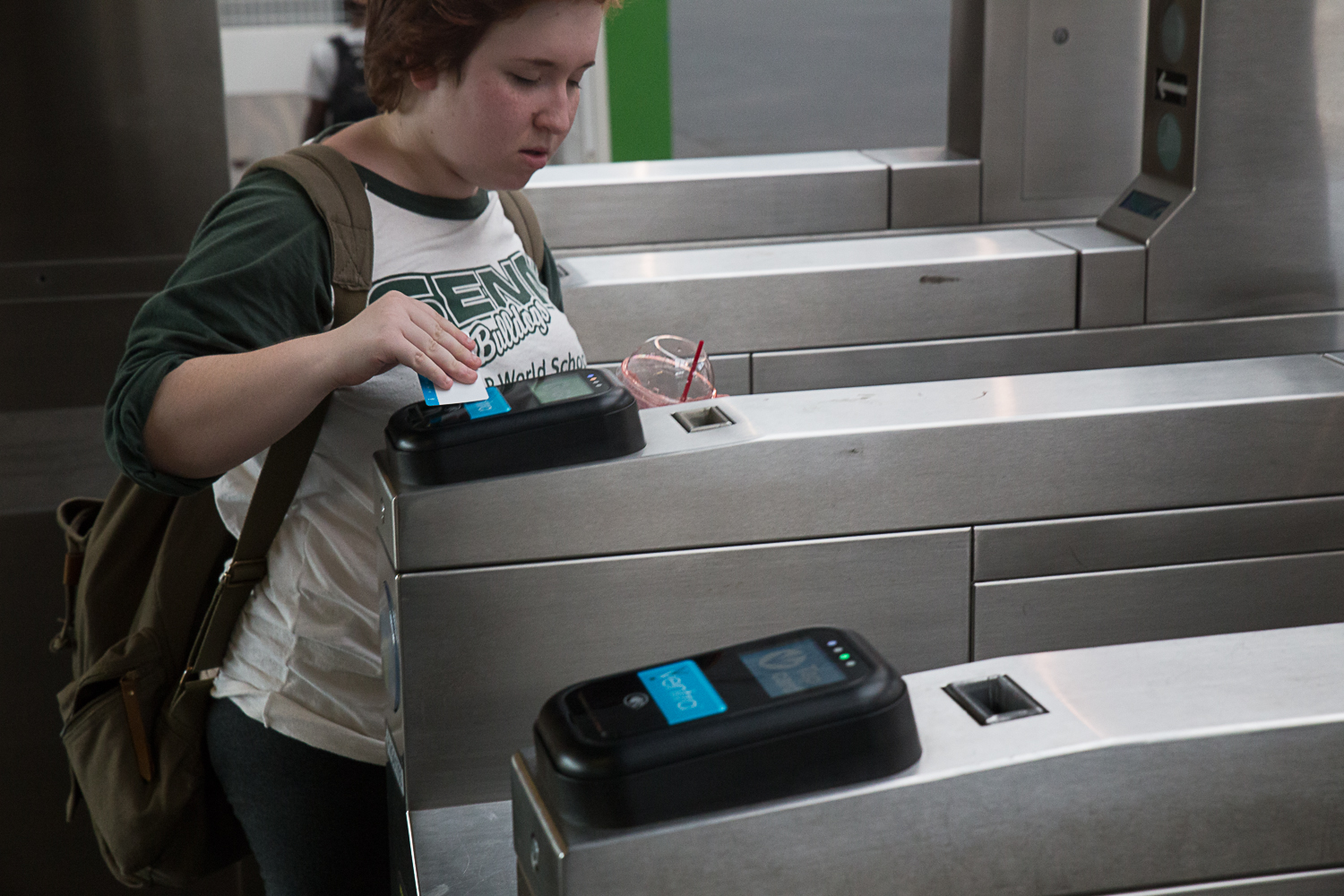
David Crawford looks at some radical thinking that could see self-financing mass transit in Florida.
Toll and transit agencies in the Tampa metro area on the west coast of the US State of Florida, have joined forces to put forward a pioneering combined bus and toll lane (BTL) scheme. TheThe Tampa Hillsborough Expressway Authority is a user-financed public agency which develops and owns toll highways in the City of Tampa and Hillsborough County, with all net revenues being reinvested in projects in the county. Its primary asset is the 24km Lee Roy Selmon Expressway, a key local commuter route linking downtown Tampa and the Westshore and State Road commercial and industrial districts, which forms part of a potential BTL corridor.
Hillsborough Area Regional Transit operates express routes with services to adjacent counties in the State, carrying more than 11.6 million passengers a year.
The BTL project began 2010 with the aid of a US$800,000 research award from the US
Private and commercial vehicles would be allowed to take advantage of the surplus road capacity on a toll-paying basis. Dynamic pricing will be used to cap traffic levels in order to protect free flowing transit movement. The initiative reflects a growing awareness among US highway agencies that one way of addressing the issue of rising traffic volumes without adding further lanes - with their accompanying need for supporting infrastructure - is to manage demand more effectively. This includes giving travellers incentives to use alternatives such as mass transit or carpooling.
A recent report by researchers at the University of South Florida notes that both high occupancy vehicle (HOV) lanes and dedicated lanes for bus rapid transit are becoming common in the US’ main urban areas. It also found examples of high occupancy toll (HOT) lanes, which give single-occupancy vehicles priced access to HOV routes, although these are rarer. The combination of the HOT and the bus rapid transit concepts has generated the idea of the BTL.
The University’s researchers stress that successful development and operation of BTLs will demand an unprecedented degree of cooperation between transit authorities and toll agencies: the transit authorities for their expertise in scheduling services designed to attract high ridership levels, and toll agencies’ expertise in highway planning, construction, maintenance, and fiscal control. This gives added significance of the Tampa initiative.
Potential networks investigated
BTL#1. A 104km route (capital cost US$591 million) in two sections: a 32km stretch running north from Tampa International Airport; and a 72km dog’s leg running east from the airport along the Lee Roy Salmon Expressway (Interstate Highway (I-275) and then north along I-75.
BTL#2. The second stretch of BTL#1 constructed to a higher standard (capital cost US$719 million)
BTL#3. An 83km route (capital cost US$1.1bn) following the first section of BTL#2, with a northern spur along I-275.Over the past 15 years the Tampa Bay region has grown by 30%, causing rising congestion that a network of BTLs could help relieve. The region is poorly supplied with rail links making it highly dependent on buses for public transport, and it also lacks HOV lanes. These factors mean the need to make more effective use of buses to encourage modal shift is a priority.
Promoters of the BTL scheme see it as a means of increasing toll revenues, simplifying vehicle classification processes and reducing enforcement problems as compared to those of straightforward HOT lanes. In a deployment, Hillsborough Area Regional Transit will own and manage the lanes and will give first priority to bus operations.
| SAVINGS PLUS NET TOLL REVENUE | UPFRONT TRANSIT INVESTMENT | RETURN % | |
|---|---|---|---|
| BTL#1 | 323 | ||
| Transit grant (federal, state, local) | 501+ | ||
| Bus operating subsidy* | 1,485= | ||
| Plus net system revenue | 1,986 | ||
| /323= | 617 | ||
| BTL#2 | |||
| Transit grant (federal, state, local) | 568 | ||
| Bus operating subsidy* | 545+ | ||
| Plus net system revenue | 467= | ||
| 1,012 | /568= | 178 | |
| BTL#3 | |||
| Transit grant (federal, state, local) | 838 | ||
| Bus operating subsidy* | 510+ | ||
| Plus net toll system revenue | 759= | ||
| 1,269 | /838 | 151 |
*The amount the transit agency needs to spend under non-BTL conditions to operate the system over 30 years, expressed as ‘savings’ and represented as contributing to total revenue.
The partnership suggests that toll and fare revenues could be pooled to cover the operating and some of the capital costs. As Tampa Hillsborough Expressway Authority executive director Joe Waggoner puts it: “Transit can be roadway and rubber tyres; fare box can be bus ticket and tolls.”
In May 2013 the results of the partnership’s Bus Toll Lanes Proof-of-Concept Study report have “conclusively confirmed” that the concept is viable. As a trial location the real data study used Hillsborough County, with a population of 1.2 million and Tampa as its urban core. These were chosen as being representative of a typical medium-sized US urban community, with heavy peak-hour traffic congestion and limited financial capability to introduce new premium public transit services. The study built in variations in toll charge by time of day – highest in the morning and late afternoon peaks – to model demand management and bus service performance.
To support the proposal, engineering consultants
The financial potential of a BTL, the study continues, is unmatched by any other known public transport system within the US. Table 1 shows potential returns on the original transit investment, with the figures for BTL#1 generating a 600%+ benefit. The calculation uses assumptions based on present-day facts to test the theory in terms of likely returns on investment for the three networks studied.
If these predictions prove correct, the BTL concept could become as widespread as tolling itself.
Modelled scheme
In preparing their report, researchers from the University of South Florida modelled a two-lane BTL scheme lying mostly in the median of an existing interstate highway with a connection to an existing express toll road. This hypothetical route was designed to link suburban areas north of a town to a downtown core with access from major east-west highway connections.
The researchers concluded that current US federal tolling rules “appear to permit implementation of a BTL project, even on interstate highways”. Steps would need to be taken at State level to address issues of public acceptance, and the modification of statutes applying to expressway agencies to enable them to build, operate and maintain transit services.
In the long run, the researchers believe that BTLs “offer the possibility of a revenue stream that can offset construction costs or operating expenses of cooperating agencies”.











